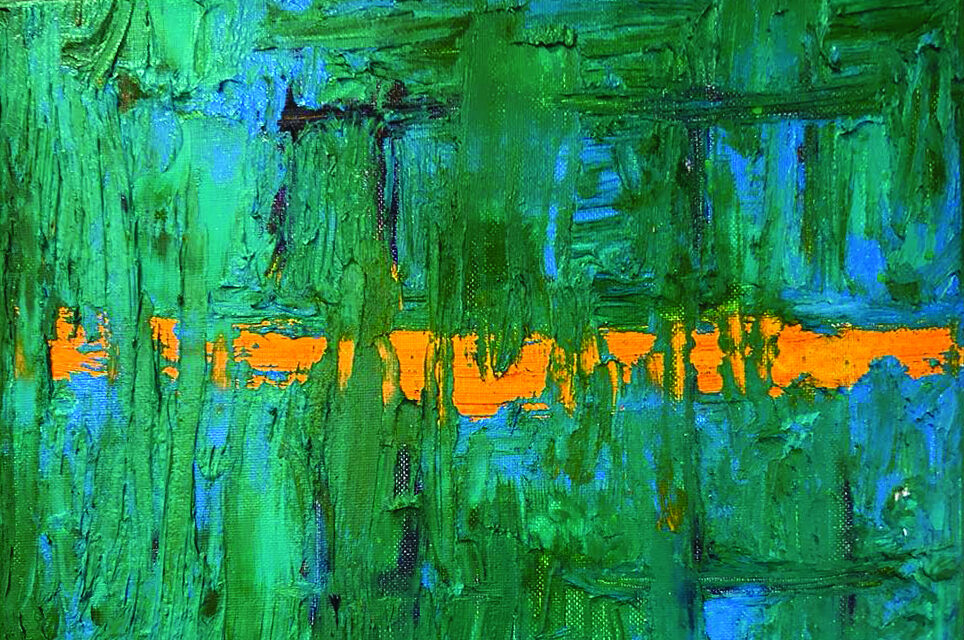Morgan Williams
A few weeks ago, I was subjected to the modern scourge: a fake Facebook account posing as me trying to message my friends. It got me thinking about fakes and forgeries, especially within the art world.
Copying art is often a great way to learn techniques and stylistic elements. I learnt traditional water colour landscapes by copying my grandfather’s paintings. Many famous artists over the years have taught other artists in their style to help them produce their art. Having a few assistants who learn their way means artists can create larger commissions.
This idea isn’t new, research suggests around 13 people helped Michelangelo paint the Sistine chapel. Andy Warhol famously employed teams of people to assist him. This same method has been employed by many contemporary artists, from Jeff Koons to Damien Hirst. These days it is commonplace to have a team behind the production of large-scale works, especially when technical skills beyond the artist are required to realise a vision bigger than the artists own capabilities. This isn’t fake art though, attribution goes to the artist and help by others is usually acknowledged, but not always!
Fake art, which is a huge business, is more about passing off artwork as being done by someone famous. There are estimates suggesting over 40% of art is fake. This counterfeit industry is worth billions annually. Provenance has long been an issue for the art world – serious money is involved in the sale of art so forgeries have always been prevalent. Salvador Dali is considered the most forged artist in history. He made things particularly difficult by signing blank lithographs for other artists to fill in and sell. Sometimes the fakes themselves even become collectors’ items.
With the current rise in AI and advanced digital technology, it may become increasingly difficult to detect fakes. We already have a myriad of copyright issues to deal with in relation to AI. The education sector is struggling to keep up, providing a framework that allows for learning and usage of new tools while also ensuring art being assessed is indeed the work of the student themselves.
Block chain technology is one new tool that might help us to track and record authenticity in the future. It is a central public record keeping system that allows for transparent transactions. A global public ledger could easily trace and record all original artworks. Once authentication is proven, the work gets added to the block chain. When a work is sold this is also recorded. The system required already exists for a for digital artwork in the form of NFTs which are digitally encrypted certificates allowing proof of ownership of an item. The digital art world quickly jumped onboard NFTs and the block chain as a method of record keeping about three years ago. It has quickly become a way to monetise and record digitally produced artworks. It is also a system that could help with various copyright issues in the future as well.
Last week some Picasso forgeries surfaced at MONA, the most prominent art gallery in Hobart, Tasmania. This controversy was hot on the heels of a recent court ruling to allow men into their women’s only Ladies Lounge exhibit after a man complained and took MONA to court. Both the exhibit and fake Picassos are the creation of curator Kirsha Kaechele.
It was Kaechele’s clear intention to create controversy. She produced many fake items for the installation to add a sense of exclusion. Her concept was to build a narrative that creates discourse around discrimination. Filling a space with some of the most valuable items in the world and then not allowing men inside speaks about centuries of exclusive behaviour. The installation is full of fakes; a polyester “mink” rug, brand new “precious plastic jewellery” and fake New Guinea spears. The fake Picasso’s were produced over three years ago. “I’ve waited patiently for this day” says Kirsha on her blog. The Picasso estate became aware of the fakes a few weeks ago and then approved them in the spirit of the exhibition last week. They have now been moved to the women’s toilet, again a provocative decision possibly to keep the discussion going.
Back here in Hepburn we have never knowingly hung fake works at Radius. We do have a painting currently on display titled “This is not a Rothko” which gets a few giggles. Perhaps an entire exhibition inviting artists to create fakes of their favourite artists would put us on the global stage! The art world is partly built on scarcity so unless that changes, fakes, forgeries and copies are with us into the foreseeable future.
Currently we have works from our stockroom on display, plus a small sample of originals by gallery owners Trevor & Stephany. Our local makers are also in the spotlight in our front window. Our next exhibition opens for the Words in Winter festival at the end of August. Come down and visit us soon, mention this article and I’ll even make you a free double shot, oat, latte in an original artistic vessel!
Morgan Williams is the co-director with Kim Percy of Radius Art Space. His art practice spans a 30 year period and explores a diverse range of mediums and topics.





